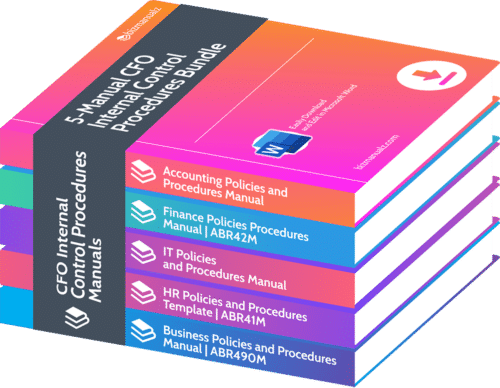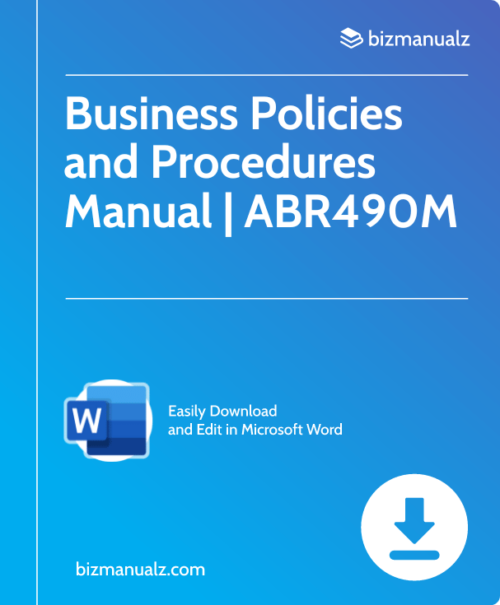What is Revision in the Policy Process?

What advice do we have to give about writing procedures? Most importantly – employ revision in the policy process. The policy writing process considers activities that successful writers engage in while producing a piece of writing, and it applies whether one is writing an essay, a business letter, or a procedure. These writing activities are typically divided into three steps or phases — Planning, Drafting, and Revising. What is revision in the policy process?
Why Do We Need a Revision Stage?
Once a draft of the Standard Operating Procedure or SOP is completed, the revision stage begins. Obviously, the revising step means looking for errors. Recall while drafting we talked about not being obsessed about errors and perfect writing — such concerns can actually inhibit drafting. But revision is more than just looking for errors; it is about truly crafting the document.
An Iterative Approach to Procedure Revising
A frequently recommended way to tackle the SOP revision stage is to perform several iterations, starting with the big picture and working down to the smaller details. By big picture we mean reviewing the document’s format, appearance, and organization. Are there any issues with margins, spacing, headings, or other accouterments like pages numbers and proper information in headers and footers that need correcting or adding?
Paying attention to organization means paying attention to how topics are covered. Are all topics covered in the appropriate detail? Are they in the proper order? Is anything missing? Other things to look for at this level is appropriate and correct information in the title block, proper references, and ensure associated forms and work instructions are clearly indicated.
Revise Sentences to Be Clear and Concise
 After addressing big picture issues, next, reviewing details means closely reading and editing the procedure document at the sentence level. The goal should be to write in the most direct way possible, and that means clear and concise sentences. It should be understandable like editing a blog post.
After addressing big picture issues, next, reviewing details means closely reading and editing the procedure document at the sentence level. The goal should be to write in the most direct way possible, and that means clear and concise sentences. It should be understandable like editing a blog post.
Here are some things to consider in order to write direct sentences:
Revise Unnecessary Words
Frequently writing, particularly technical writing, is verbose (not concise) and stilted. It should be a regular editing exercise to eliminate as many words as possible from a sentence while still conveying its intended meaning. For example, after eliminating unneeded words a sentence like, “It would seem to me that the indications are that the project has been essentially unsuccessful” becomes a much more direct sentence: “It seems that the project was unsuccessful.”
Be sure subject and verbs are not obscure. Subjects and verbs should usually (there are very few hard and fast rules to writing) be clearly stated early in the sentence. If you cannot easily spot the subject and verb, the sentence is likely not very clear. Having a clear subject and verb (along with some word elimination) transforms confusing sentences.
For example, “Evaluation of the gumming tendency of the four tire types will be accomplished by comparing the amount of rubber that can be scrapped from the tires” into a much more clear and readable “We will evaluate the gumming tendency of the four tire types by comparing the amount of rubber scrapped from the tires.”
Use Active Voice

Writing Standard Operating Procedures
While occasionally a passive voice sentence fits the context, if you actively look for and edit passive voice sentences you will find that editing a sentence to be active voice almost always improves its clarity and readability. Improving your verb usage is one easy way to improve your standard operating procedures.
My favorite example to illustrate a passive voice sentence is “The car was driven by Tom.” This easy sentence illustrates the definition of a passive voice sentence (verb action applies to an object, not the subject) and the passive voice red flag (a form of a “be” verb used as an auxiliary or helping verb.) Rewriting it to be in active voice as in “Tom drove the car” makes this already simple sentence even more direct.
Review Punctuation
Pay attention to punctuation. Punctuation are little sign posts to readers that tell them where to pause, what words should be grouped together or separated, and even what tone they should have. Be sure punctuation, including commas, is correct to make your writing clearer.
Finally, have someone else read the procedure to look for errors, typos, or grammar problems you may have missed. Another set of eyes will find problems you may overlook, even after repeated readings.
Revising Procedures Includes Testing
A final consideration for the procedure revision stage is testing them. This calls for a comparison between the documented procedure and the actual process in order to ensure the procedure accurately reflects the process.
There are two steps in testing. The first is to have a most appropriate subject matter expert available (the process owner or the most knowledgeable staff member) review the document and suggest appropriate revisions.
Next, conduct a walk-through with the procedure. Here someone not as familiar with process may be the best person for a walk through. Those very familiar with the process may not be bothered by unclear language or inaccuracies, because they already know the process very well.
Those who actually have to rely on the procedure to accomplish the process will tend to provide a more accurate reflection of how well and how clearly the procedure describes the process. Having more of a novice use the procedure will help identify where the procedure has clarity issues or leads to a dead-end.
Consider a Revision Checklist
Finally, as part of the revision stage, consider developing a checklist of important criteria for all procedures that can be used to ensure they meet certain standards prior to being released. One way to develop the checklist to consider general criteria, for example, the seven C’s for procedures – Context, Consistency, Completeness, Control, Compliance, Correctness, and Clarity, and then list specifically what the procedures need to have in order to meet the general criteria.
For example, consider Consistency as having to meet the following:
- Consistent use of terms and labels
- Consistent appearance within procedure and with other procedures
- No contradictions with steps or sections found in other procedures (a common problem)
- Consistent style and language throughout the procedure
Revision Stage of the Policy Writing Process
A good revision stage of the policy process makes the process clearer and easier. Of course, one way to make the process easier is to start with prewritten procedures like our Bizmanualz Policies, Procedures & Forms. They contain clearly stated policies, researched and incorporated best practices, suggested objectives, and ready to use forms.
Plus, they are all delivered with an accompanying CD that contains all content in Microsoft Word files for your easy customization and modification. They can give you a big head start with your procedure writing project.
To learn more about developing policies, procedures and process, and creating more order out of the chaos you are feeling at work, attend the next How to Create Well-Defined Processes class. If you are eager to change your paradigm and start using process improvement programs for your organization then the How to Align a System of People and Processes for Results class is right for you.
ISO 9001 Internal Auditor classes are forming now. Call for information on having your own private in-house classes today.



















Do you have Sops for a city park and a City Zoo I’m looking for all Sops from security to CEO
Our policies and procedures consist of business best practices that can be used by most organizations with some modification.
while revising policy procedures-what you use revision number or version number or edition
People may call a change many different things. A revision number or version number or edition is the same thing, depending on how you are using the terms.